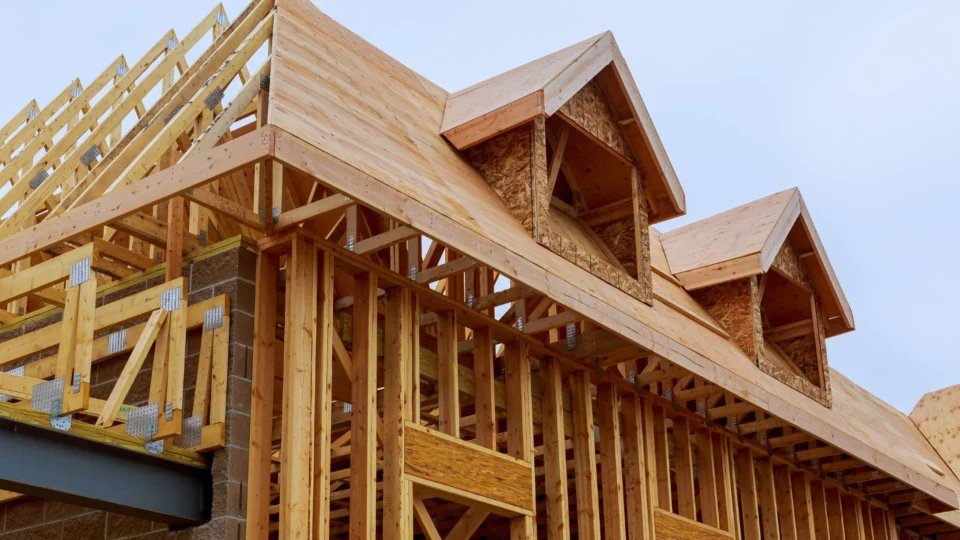Understanding Vapor Intrusion And Its Implications
Vapor intrusion happens when volatile chemicals from contaminated soil or groundwater move into buildings through cracks, utility lines, or gaps in the foundation. These vapors, which often come from sources like chlorinated solvents, petroleum hydrocarbons, or other volatile organic compounds (VOCs), can harm indoor air quality and present long-term health risks. As environmental awareness and regulations have changed over the years, the need for vapor monitoring and mitigation services has increased significantly.
In this context, organizations like Advanced Construction Technologies vapor intrusion systems have contributed to establishing technical standards and practical approaches for managing vapor-related risks in diverse facilities. Vapor monitoring serves as the first line of defense—helping identify the presence and concentration of harmful vapors—while mitigation focuses on preventing their infiltration and protecting occupants and assets.
The Role Of Vapor Monitoring
Effective vapor monitoring is crucial for evaluating environmental and human health risks linked to subsurface contamination. The process includes collecting soil gas, sub-slab, and indoor air samples to determine if volatile compounds are moving into occupied areas. Regular or continuous monitoring allows professionals to track vapor levels over time. This provides valuable information about site conditions and the effectiveness of installed mitigation systems.
Modern analytical tools, such as real-time sensors, passive samplers, and automated data logging systems, enable more accurate and consistent measurements. These technologies not only help meet regulatory standards but also aid in smart decision-making. They help property owners and managers create safe environments for workers, residents, and visitors.
Mitigation Strategies For Long-Term Protection
When vapor intrusion risks are found, it is crucial to take steps to reduce exposure and improve environmental safety. Common methods include sub-slab depressurization systems (SSDS), vapor barriers, venting systems, and sealing solutions. The goal is to disrupt vapor migration paths, keep negative pressure under buildings, and make sure indoor air stays clear of harmful levels.
Designing and installing these systems requires knowledge from geology, engineering, and building science. Long-term operation and maintenance are also essential. These systems should be checked regularly to confirm they work well. Detailed documentation and testing often meet regulatory requirements, ensuring responsibility and openness in managing the environment.
Who Do Companies Serve?
When vapor intrusion risks are identified, mitigation becomes essential to reduce exposure and restore environmental safety. Common approaches include sub-slab depressurization systems (SSDS), vapor barriers, venting systems, and engineered sealing solutions. The goal is to interrupt vapor migration pathways, maintain negative pressure beneath structures, and ensure that indoor air remains free from harmful concentrations.
Aerospace And Defense
Aerospace and defense facilities often operate on old industrial sites where solvents, fuels, and degreasers have been used. Vapor intrusion assessments in these environments are important to protect employee health and to meet strict federal and defense-related environmental rules.
Industrial, Pharmaceutical, And Logistics Facilities
Industrial and pharmaceutical facilities frequently handle chemical compounds that can cause subsurface contamination. Vapor mitigation systems help meet environmental standards, protect sensitive materials, and ensure safe conditions for large-scale operations. Similarly, logistics hubs benefit from regular monitoring, especially in areas where fuel or solvent storage has happened in the past.
New Residential Construction And Commercial Redevelopment
Vapor monitoring plays a critical role in new residential and commercial projects, especially those built on or near former industrial or landfill sites. Including vapor mitigation systems during construction is both cost-effective and preventive, ensuring future occupants remain protected from potential subsurface vapors. This approach supports sustainable building practices and long-term risk management goals.
Municipalities, Universities, Schools, And Hospitals
Public institutions like schools, hospitals, and universities require the highest standards of environmental safety. Vapor monitoring and mitigation help protect vulnerable populations, including children, patients, and staff, by ensuring healthy indoor environments. Municipalities also benefit from these services when managing community-level projects that involve the redevelopment of contaminated properties.
The design and installation of these systems require a broad understanding of geology, engineering, and building science. Long-term operation and maintenance are equally important, as systems must be monitored regularly to confirm their effectiveness. Detailed documentation and testing are often part of regulatory requirements, ensuring accountability and transparency in environmental management.
Ensuring Sustainable Environmental Safety
Vapor monitoring and mitigation services play a key role in today’s environmental management. They connect site assessment with protecting public health. As people become more aware of indoor air quality, these systems are essential in planning, building, and renovating safe, compliant, and sustainable properties.
The expertise and technologies developed across the field—such as those seen in Advanced Construction Technologies vapor intrusion systems—reflect a commitment to creating environments that are both functional and safe for human occupancy. Through continuous monitoring, adaptive mitigation strategies, and multidisciplinary collaboration, industries and institutions can ensure that their facilities meet today’s standards for health, safety, and environmental responsibility.

